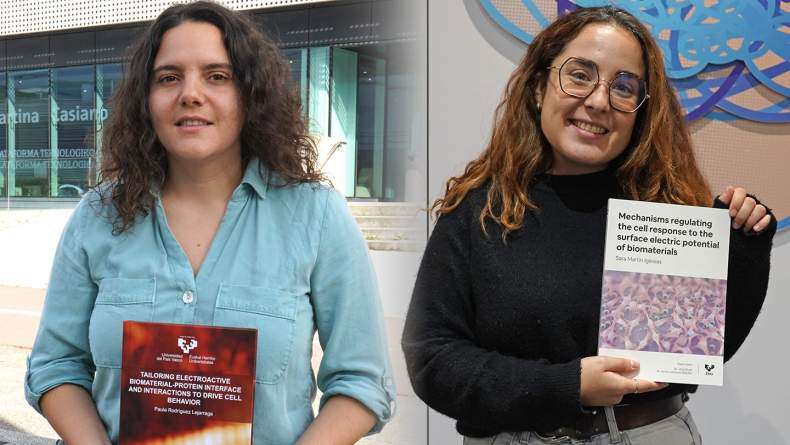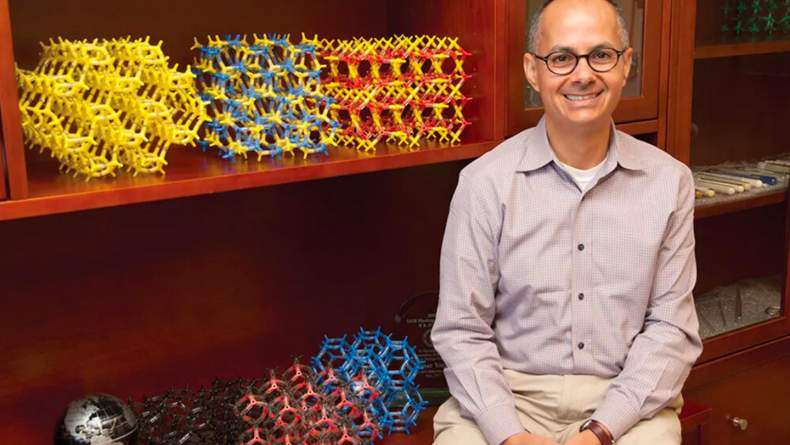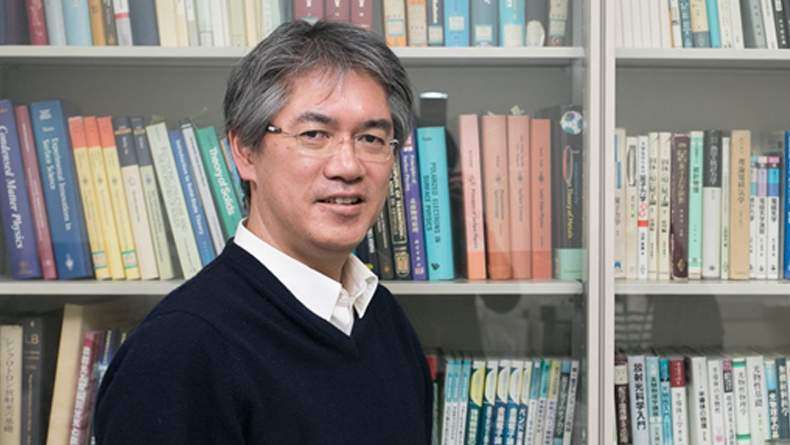BCMaterials Fortnightly Seminars #44

CATARINA LOPES
(BCMaterials)
IONIC LIQUID@POLYMER COMPOSITE FOR ENERGY APPLICATIONS
Ionic liquid are organic salts with melting points below or equal to 100 ºC. Originally, due to their low volatility, ionic liquids were associated to applications in green chemistry as substitutes of organic solvents. Later, their high electrochemical and thermal stability, as well as ionic conductivity, make them very attractive materials in the area of energy. However, the liquid state of ionic liquids hinders some of the applications and so, their incorporation into polymer matrix is currently a successful approach in the energy areas of electrolytes for batteries, super capacitors or actuators.In this work, some results obtained with polymer@ionic liquid composites will be addressed.
LUCA BERGAMINI
(UPV/EHU)
PICOSECOND CONTROL OF PLASMONIC NANOANTENNAS DRIVEN BY HOT-SPOT INDUCED PHASE-TRANSITION IN VO2
Metal nanoantennas (NAs) exhibit a reversible resonant excitation when illuminated by light at Vis and NIR wavelengths. This optical resonance, which leads to enhanced absorption and electric field production by the NA, depends on geometrical and surrounding characteristics, making them a key desirable building-block for tunable devices [1]. Phase-transition materials offer technologically relevant opportunities as they can provide notable changes in the dielectric response [2]. Unlike other phase-transition materials, e.g., chalcogenide, vanadium dioxide (VO2) provides a fast picosecond, reversible phase-transition at modestly elevated temperatures around 68°C [3]. In this work, we exploit for the first time resonant pumping and nanometer-scale plasmonic hot-spots to induce an optical change of the nanoantenna response through highly localized phase-transitions in the underlying substrate [4]. Multifrequency crossed gold antenna arrays were fabricated on top of high-quality VO2 films (NA-VO2 hybrids, see Fig. 1a). Optical experiments show that fully reversible switching of NA resonances at the picosecond timescale are possible using resonant pumping schemes (cfr Fig. 1c). Simulations revealed that the change in optical response of the antennas stems from the change in dielectric properties of VO2 regions neighboring the NAs (cfr Fig 1b). Moreover, it is demonstrated that the phase transition mediated by local pumping of a plasmon resonance does not influence the resonance of a perpendicular NA positioned less than 100 nm away from the modulated antenna. The NA-VO2 hybrids enable new directions in all-optical picosecond switching at picoJoule energy levels, and pave the way for plasmonic memristor-type devices exploiting nanoscale thermal memory. Fig. 1: (a) Example of a fabricated NA-VO2 hybrid. (b) Simulated 68°C isosurfaces showing the phase-switched hot-spots around the nanoantennas generated by resonant pumping. (c) Difference in the OD of the antennas, induced by the hot-spots of (b), for both (black curves) parallel and (red curves) perpendicular pump-probe polarization. (left) Experiments and (right) simulations.
[1] J. A. Schuller, et al., Nature Mater. 9, 193 (2010).
[2] Z. Yang, and S. Ramanathan, IEEE Phot. J. 7, 0700305 (2015).
[3] M. M. Qazilbash, et al., Science 318, 1750 (2007).
[4] O. L. Muskens, et al., Light Sci. Appl., under review.
Fig. 1: (a) Example of a fabricated NA-VO2 hybrid. (b) Simulated 68°C isosurfaces showing the phase-switched hot-spots around the nanoantennas generated by resonant pumping. (c) Difference in the OD of the antennas, induced by the hot-spots of (b), for both (black curves) parallel and (red curves) perpendicular pump-probe polarization. (left) Experiments and (right) simulations.
[1] J. A. Schuller, et al., Nature Mater. 9, 193 (2010).
[2] Z. Yang, and S. Ramanathan, IEEE Phot. J. 7, 0700305 (2015).
[3] M. M. Qazilbash, et al., Science 318, 1750 (2007).
[4] O. L. Muskens, et al., Light Sci. Appl., under review.Related news
Paula Rodríguez eta Sara Martín, BCMaterialseko doktore berriak
Urriaren 23an eta 24an, BCMaterialseko doktoratu aurreko bi ikertzailek arrakastaz defendatu zituzten beren doktore-tesiak Euskal Herriko Unibertsitatean (UPV/EHU): Paula Rodríguez Lejarraga eta Sara…Omar Yaghik Kimikako Nobel saria jaso du
Omar M. Yaghi irakasleak, duela hilabete gutxi arte BCMaterialseko Nazioarteko Aholku Batzordeko kide zenak, Kimikako Nobel saria jaso zuen asteazkenean, urriak 8, konposatu metal-organikoen…Hitzaldi Gonbidatua: César Fernández Sánchez (Urriak 7)
Datorren urriaren 7an, 11:00etatik aurrera, BCMaterialsek hitzaldi gonbidatuen zikloaren hitzordu berri bat hartuko du. Oraingo honetan, César Fernández Sánchez, Bartzelonako Mikroelektronika…Akio Kimurarekin solasaldi gonbidatua (Urriak 3)
BCMaterials harro dago Akio Kimura, Hiroshimako Unibertsitateko (Japonia) Zientzia eta Ingeniaritza Aurreratuen Graduondoko Eskolako irakaslea hitzaldi gonbidatu berri batean aurkezteaz. Ekitaldia…



